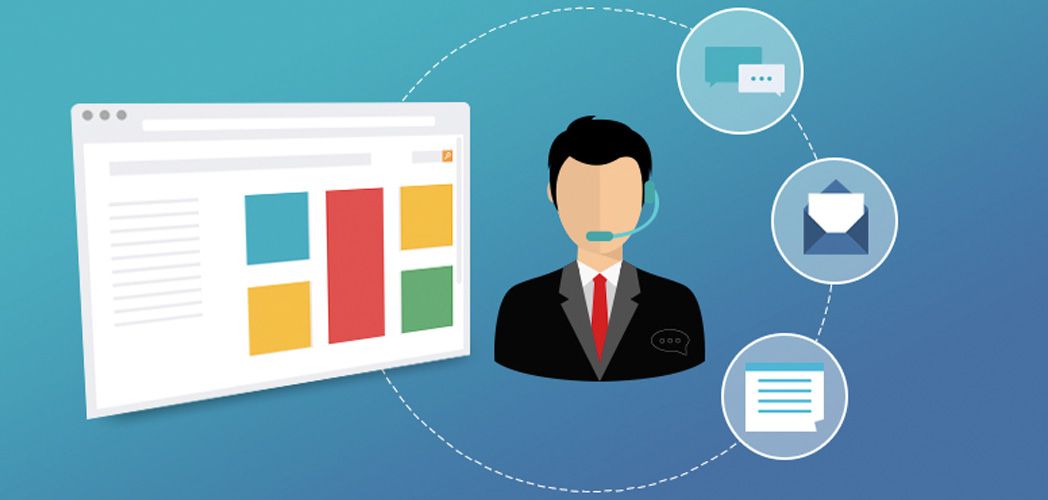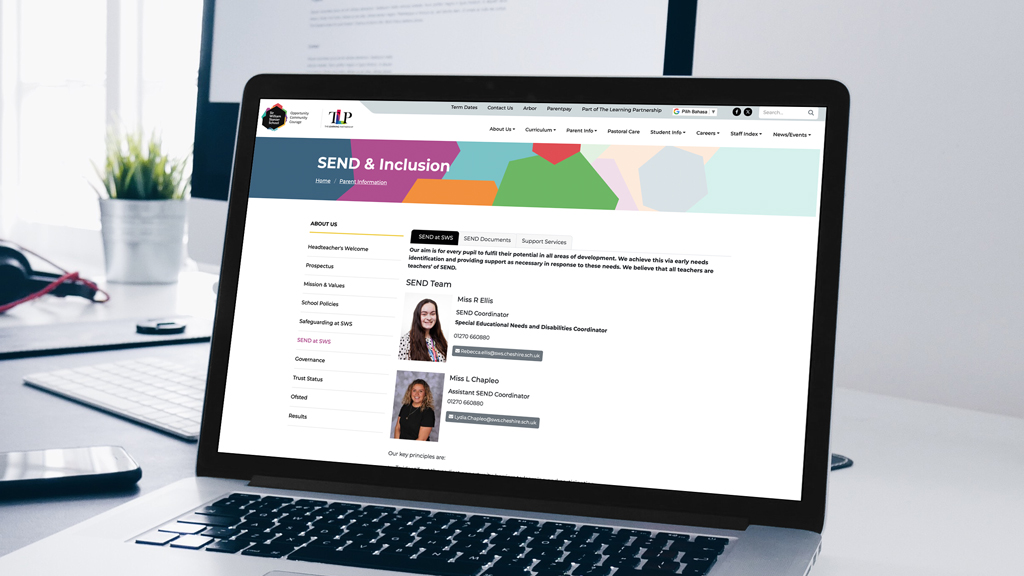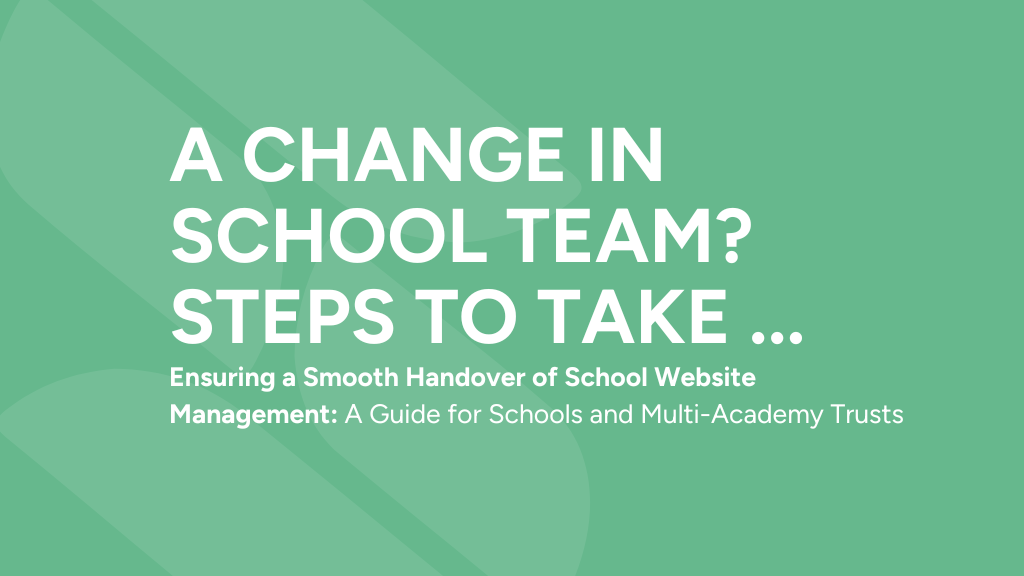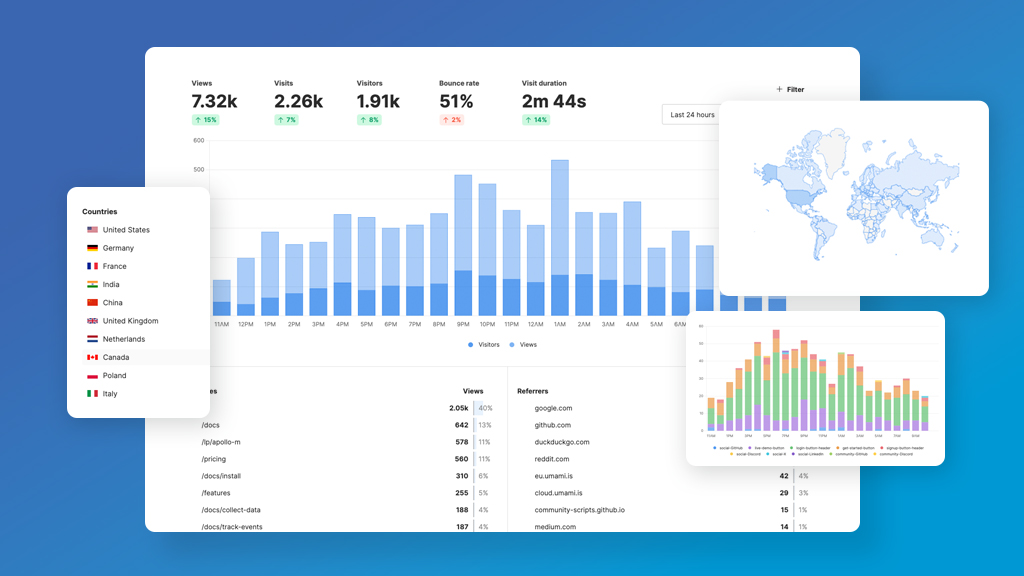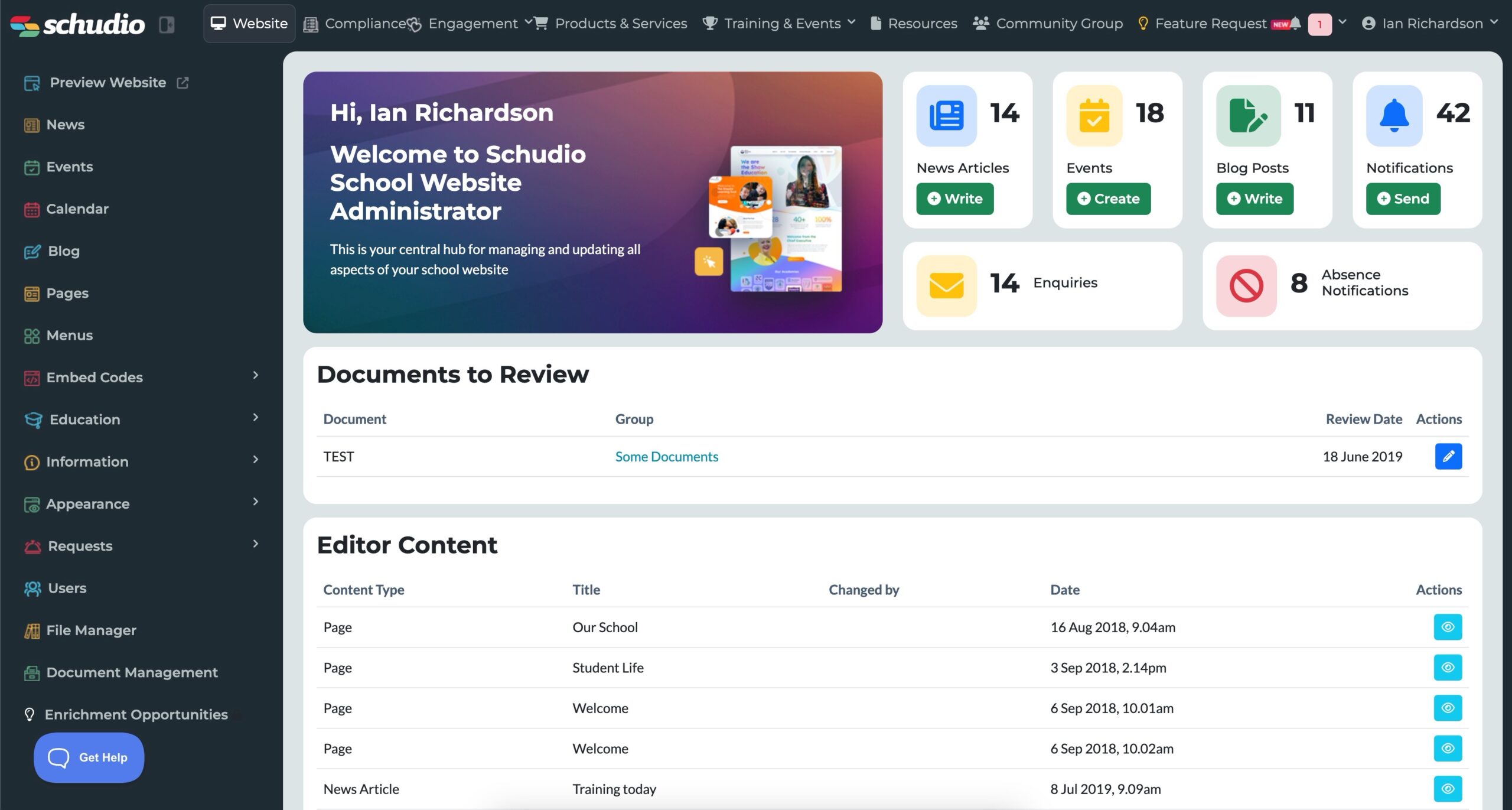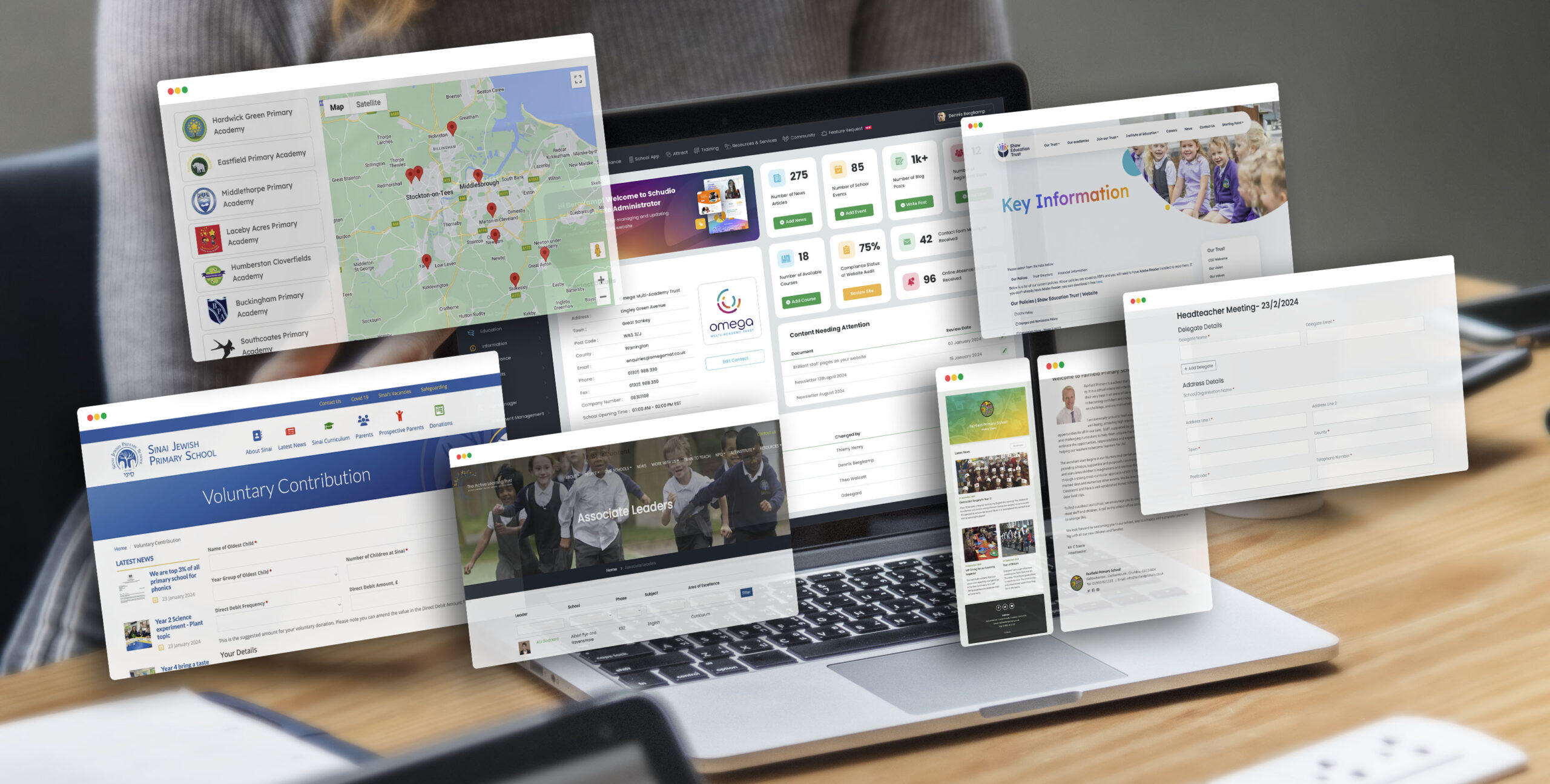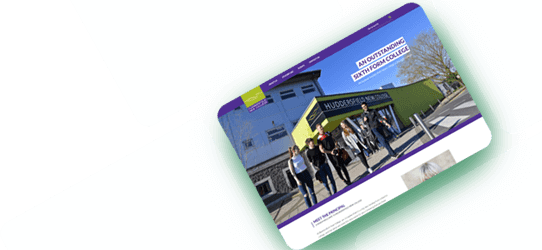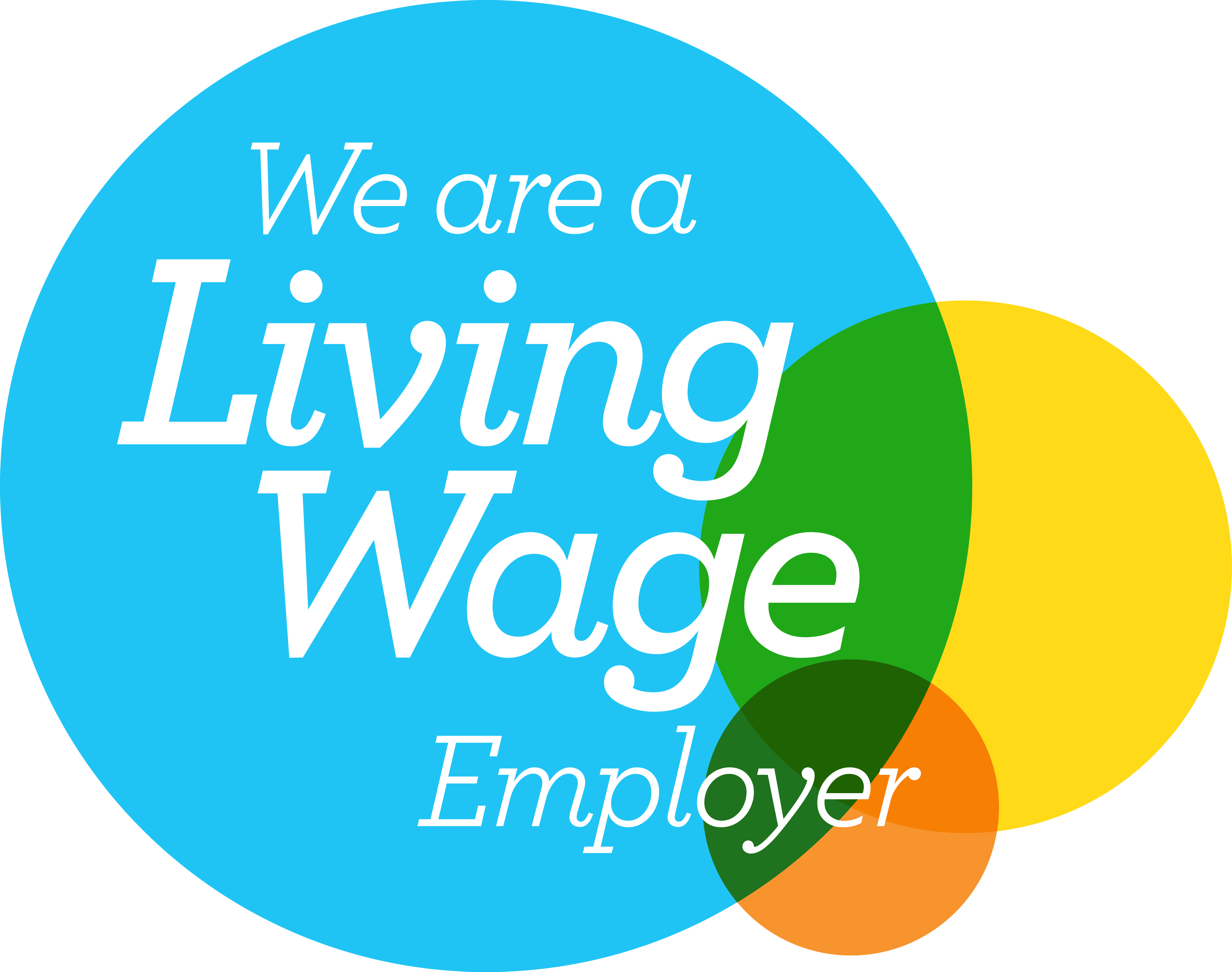Getting Students Involved in Blogging
Getting Students Involved in Blogging
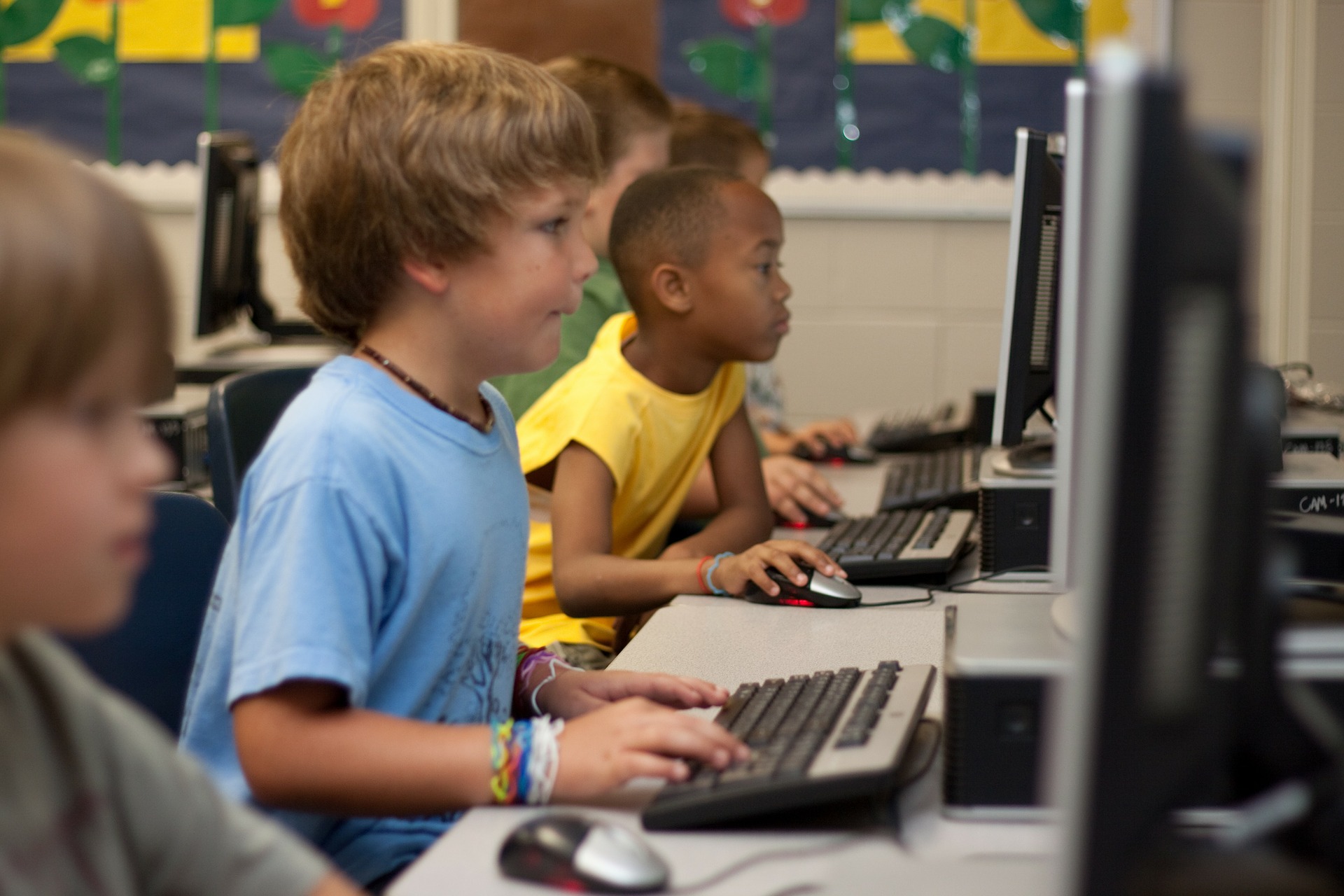
Getting your students involved in blogging will increase the amount of quality individual exclusive content on your website. If each student is writing a blog or commenting on a blog they are sharing their own ideas and thoughts – content that otherwise would not be available to anyone. It’s this unique content that provides an insight that drives a good blog and a good website.
So what is a blog?
A blog is just a collection of posts. Your blog could be a single blog that the whole school feeds into, or it could be split into categories that each class/subject or other group write posts for.
While you could just add a page on your website and add the content to it, using a tool designed especially for blogging means your content can be automatically arranged. Instead of editing the page and adding new content to the top, and access being locked to that page while it’s being edited a blog sorts content newest first, and each post is saved separately so they can be individually managed and edited.
Get Started with your blog
Starting a blog is easy, you should be able to add a blog from within your website – this is the best way because all your core web content is located in the same place as your unique insight content, providing visitors to your site with a single website and resource to read, and just one website for you to manage and update.
Getting Students Blogging
Blogging yourself is a great way for students to experience a blog, see examples of what can be done. Leading by example, posting your own blogs regularly will encourage your students to do the same.
Blogging can be done in the classroom, homework, or extra curricular. Encourage regular blogging, make it something that’s done or reviewed in lessons.
A good blogging/website platform will have a responsive admin area, which means it will respond to the size of the device it’s being viewed on and work properly. So if students (or teachers) are using desktop computers, laptops, tablets, or phones they can blog from all of them.
Don’t forget to check security and permission settings. If you’re going to involve students blogging on your website then you need to be able to check and approve their work before it gets published on the live site for the world to see.
Social Media and Blogging
Lots of schools are getting involved in social media, and these social media channels like Facebook, Twitter and Instagram are a great way to engage with your community. Having a longer blog post on your own website is a great way to back up what’s being done on these channels. Or if you haven’t started using social media, posting about your blogs is an excellent way to start.
Linking to blog posts through your social media accounts will increase their exposure and gives you the chance to say a bit more than the short snippet that usually be posted, you can even include other types of media in your post if your blog platform supports it.
Encourage students by praising their blog posts, highlighting them through school social accounts or some form of reward. If blogs can be used as part of assessed work they could even be graded.
Take a look at our case study about using your website and blogs in the classroom – Case Study : Blogging in School

